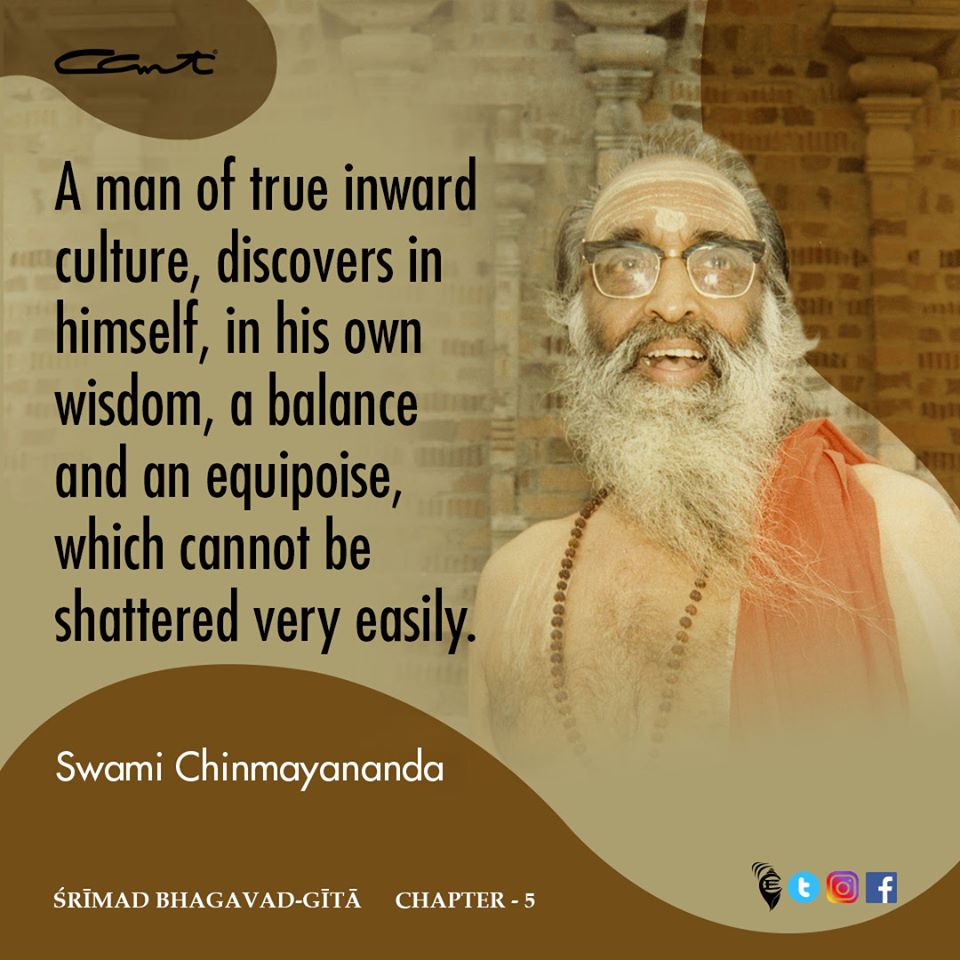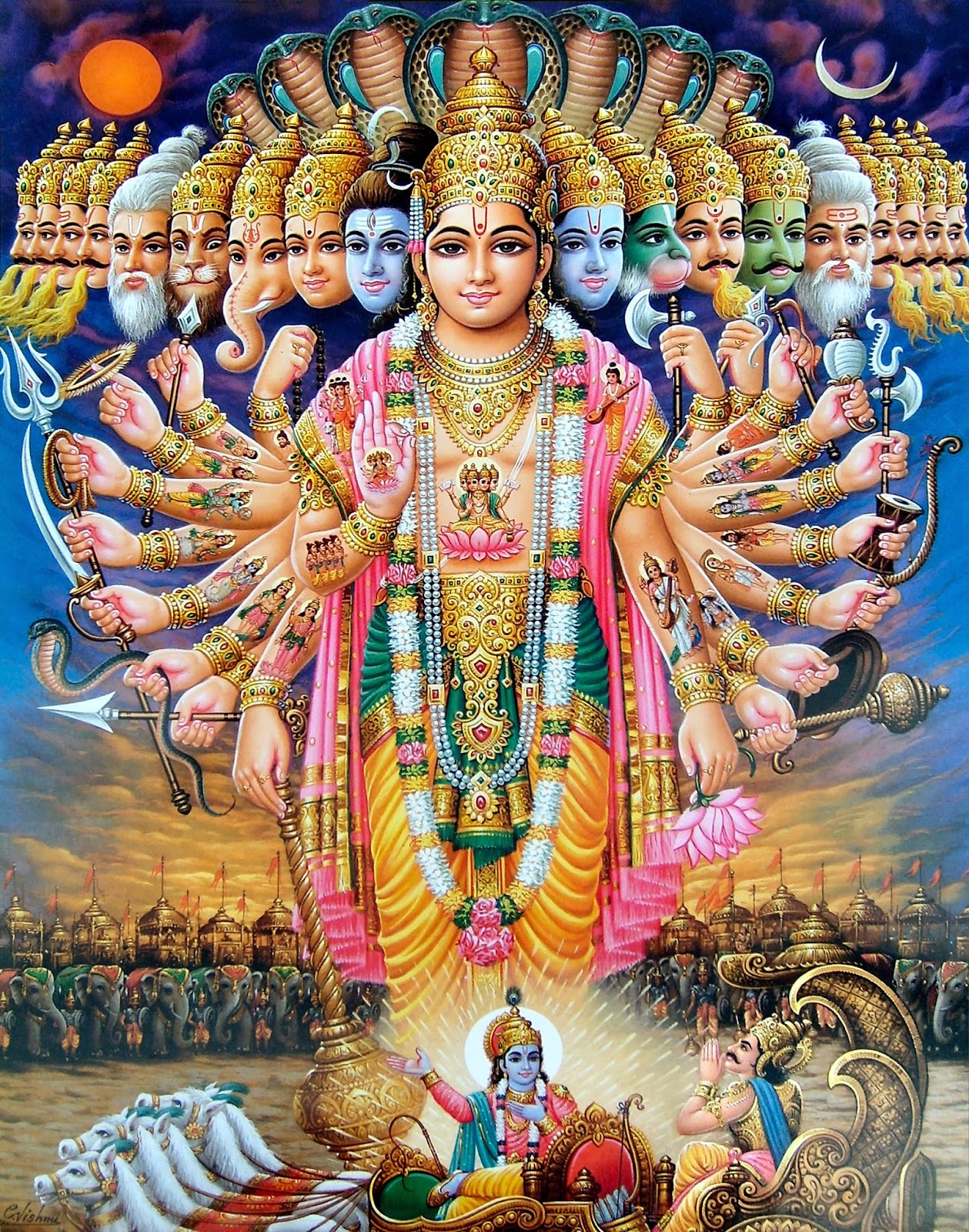MAHA PURANAS - INTRODUCTION : 2.
=======================================================================
--------------------------------------------------------------------------------------------------------------------------
18/09/2019
Introduction : 2.
--------------------------------------------------------------------------------------------------------------------------
Vyasa, the narrator of the Mahabharata, is hagiographically credited as the compiler of the Puranas. The date of the production of the written texts does not define the date of origin of the Puranas. They existed in an oral form before being written down, and were incrementally modified well into the 16th century. An early occurrence of the term 'Purana' is found in the Chandogya Upanishad (7.1.2), translated by Patrick Olivelle as "the corpus of histories and ancient tales" (The Early Upanisads, 1998, p. 259). The Brhadaranyaka Upanishad refers to Purana as the "fifth Veda", itihasapura?a? pañcama? vedana?, reflecting the early religious importance of these facts, which over time have been forgotten and presumably then in purely oral form. Importantly, the most famous form of itihasapura?a? is the Mahabharata. The term also appears in the Atharvaveda 11.7.24. It is important to bear in mind that perhaps a thousand years separates the occurrence of this term in these Upanisads from 'The Puranas' understood as a unified set of texts (see below), and it is therefore by no means certain that the term as it occurs in the Upanisads has any direct relation to what today is identified as 'The Puranas'. The extant Puranas, states Coburn, are not identical to the original Puranas. Rajendra Hazra notes that Puranas that survive presently do not follow, partially or totally, the characteristic definition of the scope and contents of Puranas as described in ancient non-Puranic Indian texts.
In the 19th century, F. E. Pargiter believed the "original Purana" may date to the time of the final redaction of the Vedas. Gavin Flood connects the rise of the written Purana historically with the rise of devotional cults centering upon a particular deity in the Gupta era: the Puranic corpus is a complex body of materials that advance the views of various competing cults. Wendy Doniger, based on her study of indologists, assigns approximate dates to the various Puranas. She dates Markandeya Purana to c. 250 CE (with one portion dated to c. 550 CE), Matsya Purana to c. 250–500 CE, Vayu Purana to c. 350 CE, Harivamsa and Vishnu Purana to c. 450 CE, Brahmanda Purana to c. 350–950 CE, Vamana Purana to c. 450–900 CE, Kurma Purana to c. 550–850 CE, and Linga Purana to c. 600–1000 CE.
To be continued ...
========================================================================
--------------------------------------------------------------------------------------------------------------------------
18/09/2019
Introduction : 2.
--------------------------------------------------------------------------------------------------------------------------
Vyasa, the narrator of the Mahabharata, is hagiographically credited as the compiler of the Puranas. The date of the production of the written texts does not define the date of origin of the Puranas. They existed in an oral form before being written down, and were incrementally modified well into the 16th century. An early occurrence of the term 'Purana' is found in the Chandogya Upanishad (7.1.2), translated by Patrick Olivelle as "the corpus of histories and ancient tales" (The Early Upanisads, 1998, p. 259). The Brhadaranyaka Upanishad refers to Purana as the "fifth Veda", itihasapura?a? pañcama? vedana?, reflecting the early religious importance of these facts, which over time have been forgotten and presumably then in purely oral form. Importantly, the most famous form of itihasapura?a? is the Mahabharata. The term also appears in the Atharvaveda 11.7.24. It is important to bear in mind that perhaps a thousand years separates the occurrence of this term in these Upanisads from 'The Puranas' understood as a unified set of texts (see below), and it is therefore by no means certain that the term as it occurs in the Upanisads has any direct relation to what today is identified as 'The Puranas'. The extant Puranas, states Coburn, are not identical to the original Puranas. Rajendra Hazra notes that Puranas that survive presently do not follow, partially or totally, the characteristic definition of the scope and contents of Puranas as described in ancient non-Puranic Indian texts.
In the 19th century, F. E. Pargiter believed the "original Purana" may date to the time of the final redaction of the Vedas. Gavin Flood connects the rise of the written Purana historically with the rise of devotional cults centering upon a particular deity in the Gupta era: the Puranic corpus is a complex body of materials that advance the views of various competing cults. Wendy Doniger, based on her study of indologists, assigns approximate dates to the various Puranas. She dates Markandeya Purana to c. 250 CE (with one portion dated to c. 550 CE), Matsya Purana to c. 250–500 CE, Vayu Purana to c. 350 CE, Harivamsa and Vishnu Purana to c. 450 CE, Brahmanda Purana to c. 350–950 CE, Vamana Purana to c. 450–900 CE, Kurma Purana to c. 550–850 CE, and Linga Purana to c. 600–1000 CE.
To be continued ...
========================================================================





Comments
Post a Comment